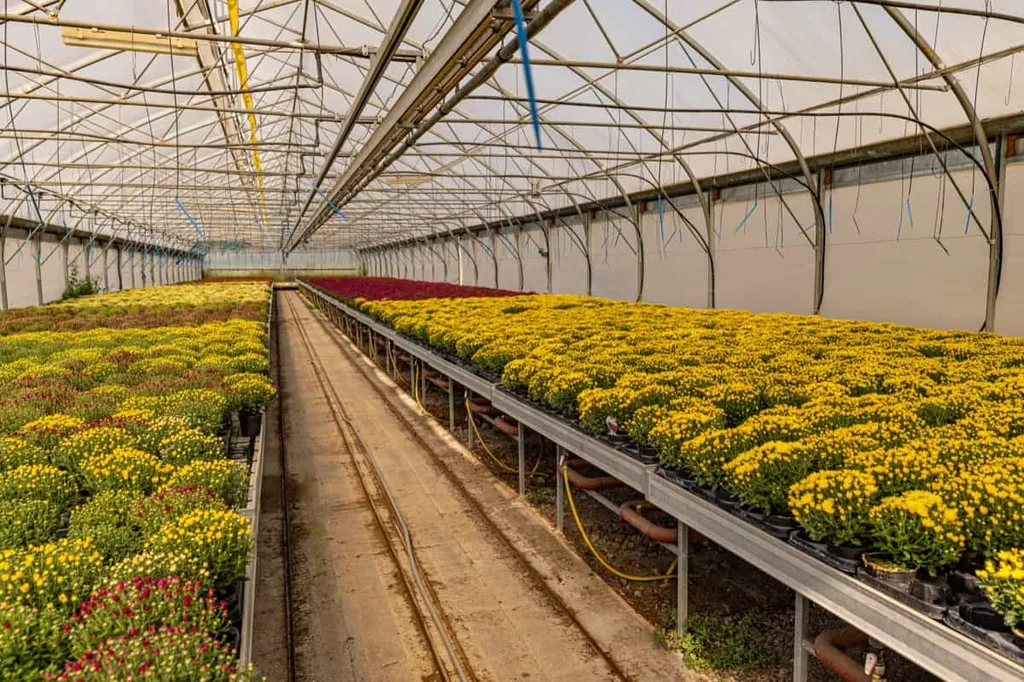In the heart of Lhokseumawe, a city known for its tropical climate, a groundbreaking development is taking root. Researchers have unveiled a smart greenhouse system that leverages the Internet of Things (IoT) and cloud computing to revolutionize chrysanthemum cultivation. This innovation, detailed in a study published in the *Journal of Applied Informatics and Computing*, addresses long-standing challenges in traditional greenhouse management, offering a promising solution for the agriculture sector.
Chrysanthemum cultivation has historically faced issues such as inefficiency, delayed responses, and errors in temperature and humidity settings. These problems often result in suboptimal growing conditions, ultimately affecting the quality and quantity of harvests. The newly developed smart greenhouse system aims to mitigate these issues by automating environmental control.
At the core of this system is a sophisticated setup that includes NodeMCU ESP32, DHT22, and BH1750 sensors, along with relay-based actuators and mini air conditioners. These components work in tandem to monitor and control temperature, humidity, and light intensity. The environmental data collected is sent to the cloud, where it is processed using the Sugeno fuzzy method. This approach enables the system to make adaptive and precise control decisions, ensuring optimal growing conditions.
The results of the study are promising. The system demonstrated an average temperature control difference of 30.341% and an actuator efficiency of 9.34% against microcontroller commands. These figures highlight the system’s ability to maintain stable and optimal environmental conditions, which are crucial for chrysanthemum cultivation.
Lead author Jikti Khairina from Universitas Malikussaleh emphasized the significance of this research. “This system provides a modern solution to the limitations of traditional methods,” Khairina stated. “It supports smart agriculture in tropical climates like Lhokseumawe, where precise environmental control is essential for high-quality yields.”
The commercial implications of this research are substantial. By automating and optimizing the growing environment, farmers can expect increased productivity and improved crop quality. This, in turn, can lead to higher market value and greater profitability. Moreover, the system’s adaptability makes it a viable solution for other crops and climates, potentially transforming the agriculture sector on a global scale.
Looking ahead, this research paves the way for further advancements in smart agriculture. The integration of IoT, cloud computing, and fuzzy logic offers a blueprint for developing more sophisticated and efficient farming systems. As technology continues to evolve, we can expect to see even more innovative solutions that address the challenges faced by modern agriculture.
In conclusion, the development of this IoT-based smart greenhouse system marks a significant step forward in the field of agriculture. By leveraging cutting-edge technology, researchers have created a solution that not only enhances chrysanthemum cultivation but also holds promise for the broader agriculture sector. As detailed in the *Journal of Applied Informatics and Computing*, this research underscores the potential of smart agriculture to revolutionize farming practices and drive commercial success.

